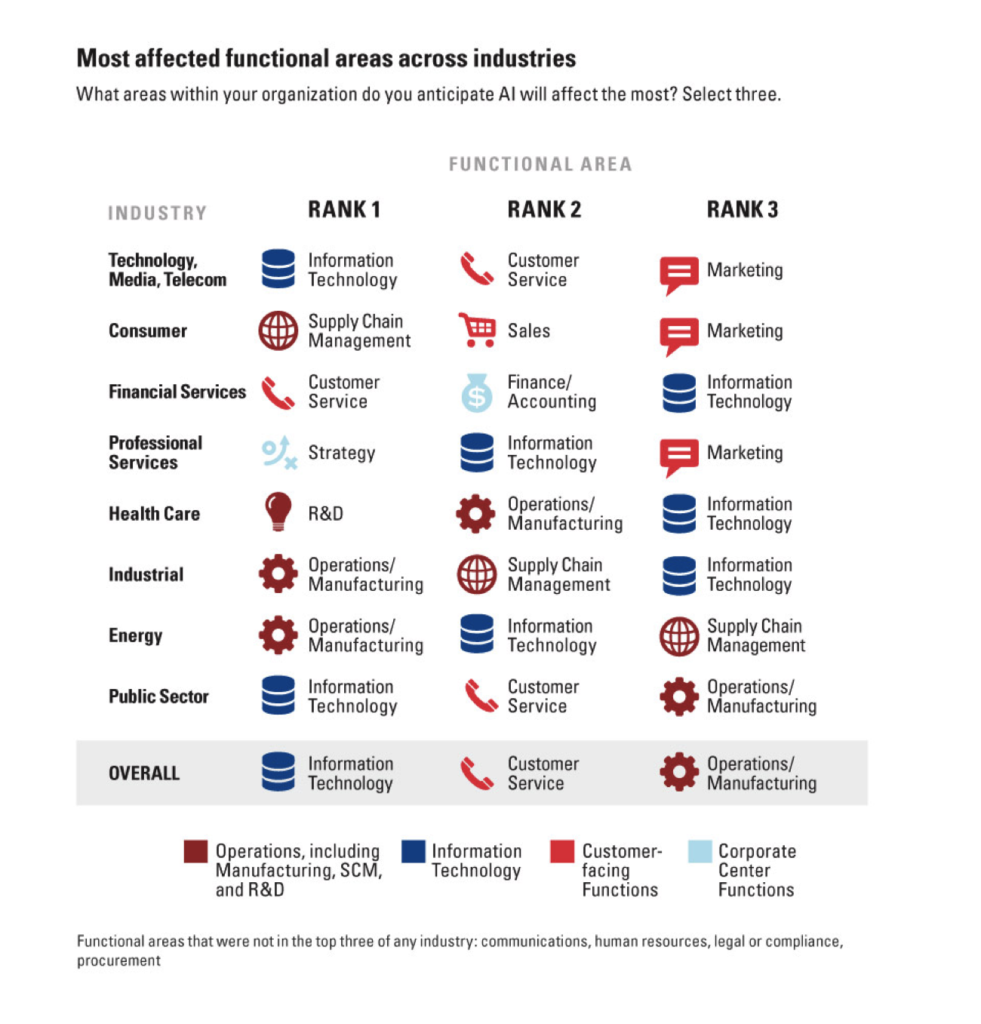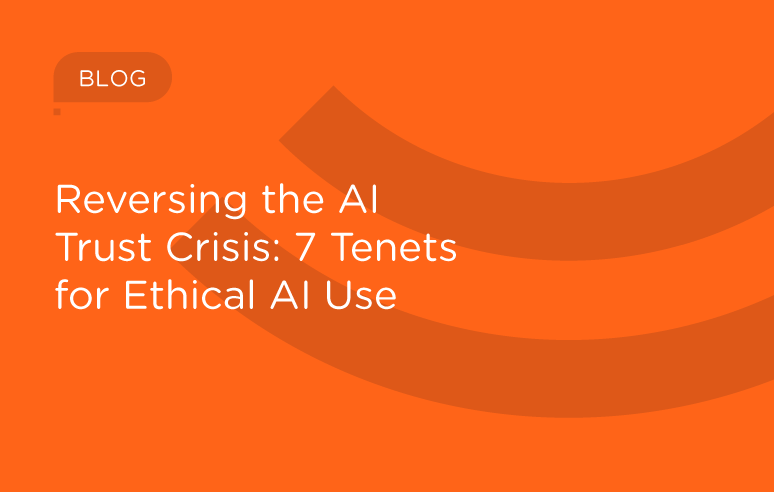We often see people getting first curious and then confused or even scared with the thought of artificial intelligence. This is mainly because we were first introduced to AI via science fiction – like the classic Terminator or the more recent Westworld. In the film and literary depictions of AI, you’ll find that most of them are either indistinguishable from humans or even shown to be better than humans. This naturally generates the awe and fear around AI.
We’ve also read many news articles about the jobs that will be taken over by AI in the future and how humans will become obsolete. Whether we believe it or not, we all agree that the buzz around AI is ever increasing and it’s very difficult to separate signal from noise. So before you make up your mind on whether to embrace AI or stay away from it, we would like to help you understand different types of AI and clear some basic facts.
Pure vs. Pragmatic AI
Just like all other types of technology that received its fair share of hype, AI too comes in all shapes and sizes. The simplest way to look at is to categorize the applications into two buckets – Pure (or General) AI and Pragmatic (or Narrow) AI.
Pure AI
Pure AI is described as building machines that have equal or superior intellectual abilities than humans who created them and are indistinguishable from humans. Pure AI is believed to be able to learn, predict and adapt to situations on its own.
- Pure AI is what science fiction is made of.
- Pure AI is what Elon Musk is scared of.
- Pure AI is what Musk and Zuckerberg famously debated about.
- For better or for worse, we are decades away from achieving pure AI.
Pragmatic AI
Pragmatic artificial intelligence, on the other hand, is far less scary. It is described as the collection of AI technologies that are designed to deliver specific business value such as automating customer service transactions, predicting customer behavior using past data, or helping customers make product/service selections based on what we know about them. As the name suggests, pragmatic artificial intelligence needs human help to learn and adapt itself to business challenges.
- We already use many pragmatic AI applications, without realizing it. For example: turn by turn navigation apps, spam folders, personal virtual assistants, etc.
- Pragmatic AI makes humans more productive and effective
- Pragmatic AI helps augment human abilities by automating complex or risky tasks. For example, analyzing terabytes of data to find trends and patterns within minutes, or navigating AI enabled robots through volcanic mountains to gather data
- Pragmatic AI is already here and is changing our lives for good!
In fact, per a recent study by MIT Sloan Management review and Boston Consulting Group, Pragmatic AI is already set to change many functional areas across various industries:

Using Pragmatic Artificial Intelligence to improve your business
In the past few years, we have seen a disparity between expectations and actions when it came to AI deployments. Those who were ahead of the curve implemented AI, even at a small scale, and learned from their mistakes.
2018 brings a new set of opportunities as well as challenges for Enterprise AI. Whether you decide to build, buy or partner with an external vendor, there is no escaping from AI. AI will not only give you a competitive advantage in the near future but will eventually become a must-have to stay relevant in your respective industry.




